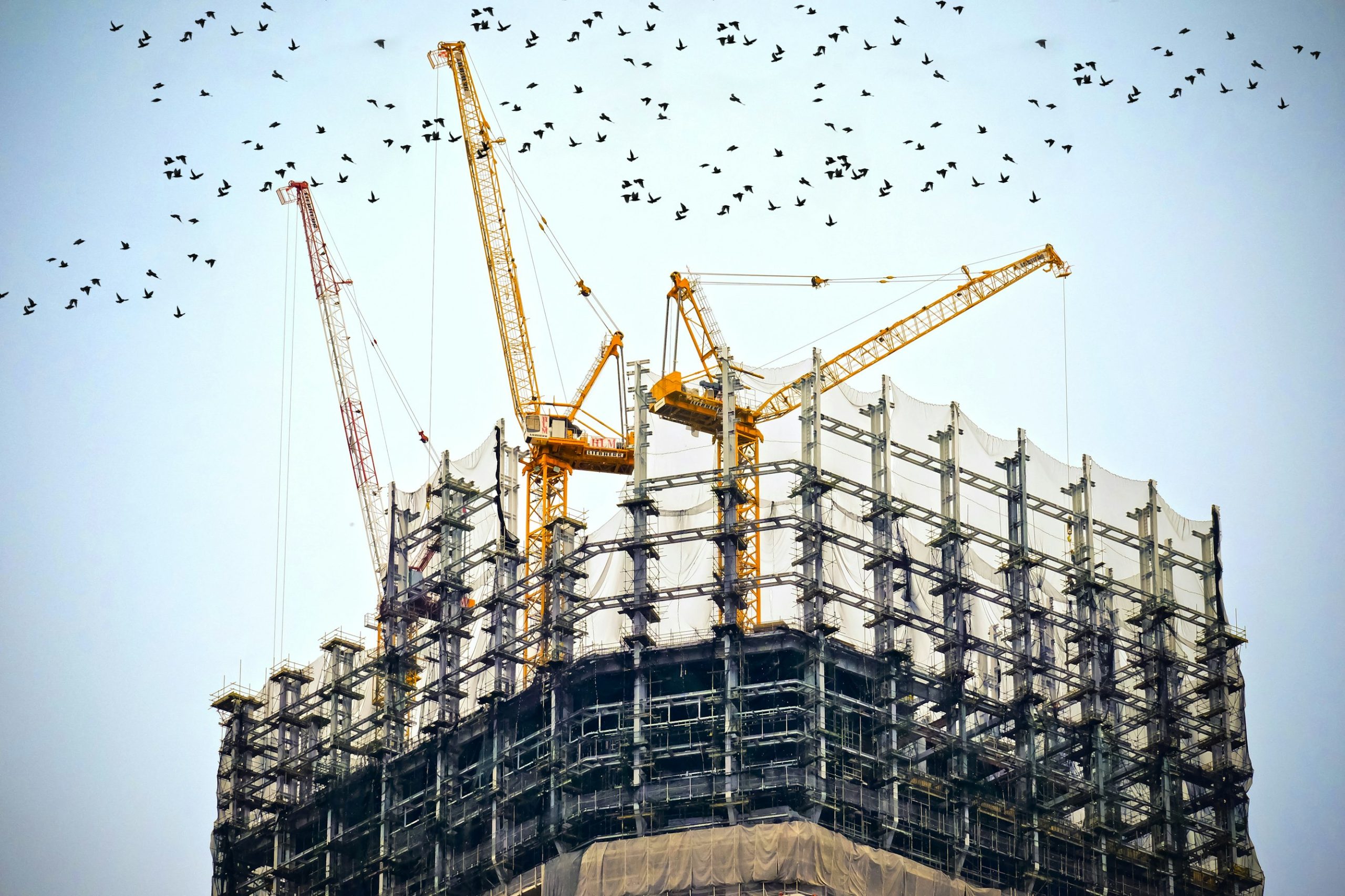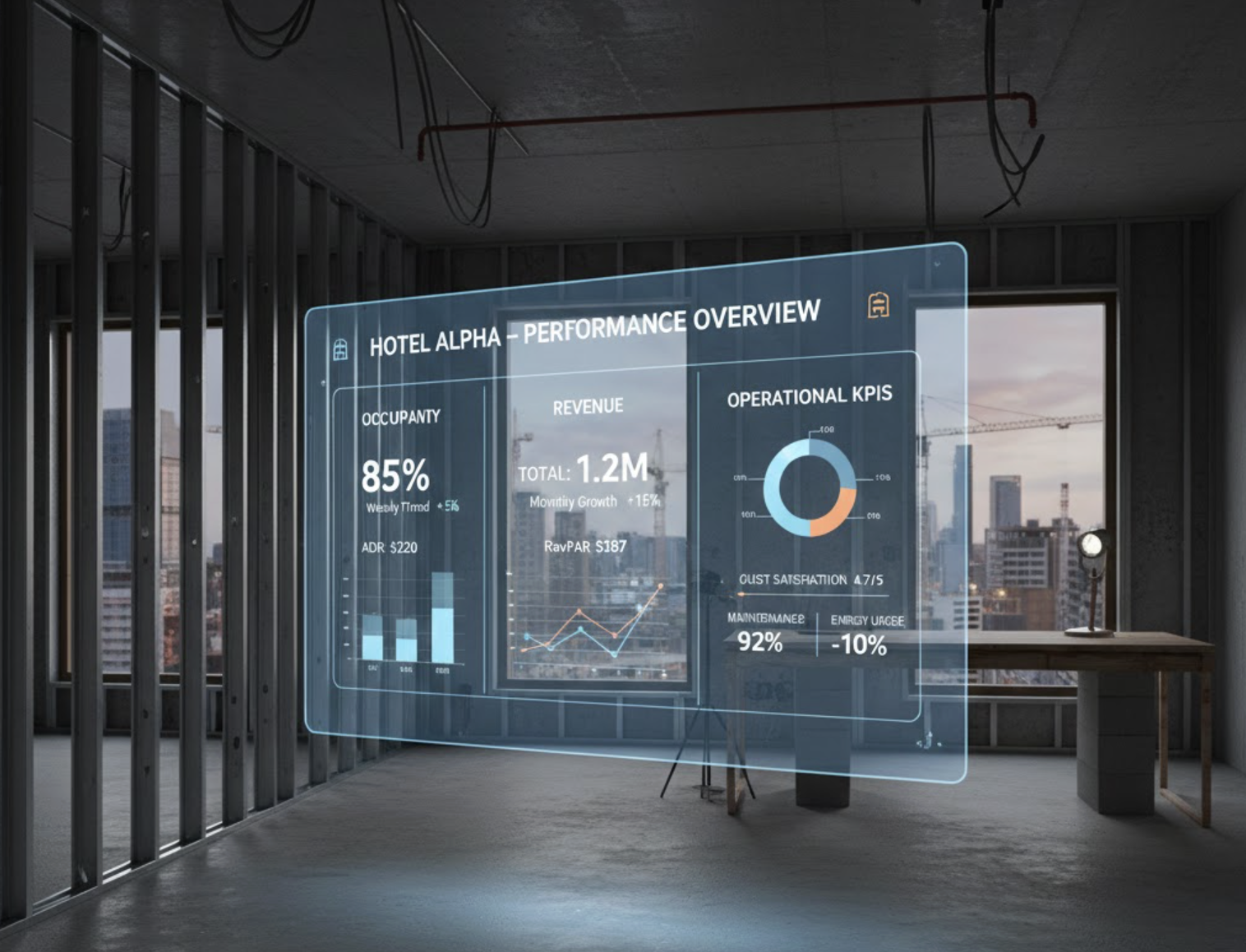Avoiding VO Conflicts with Digital Change Order Tracking
In the fast-paced world of construction, managing change effectively is crucial. A construction change order is a document that specifies an amendment to the original contract between the owner and contractor. It involves work that is either added or removed from the original scope of the project. For project managers, accurate and efficient tracking of these orders is essential to avoid conflicts, particularly Variation Orders (VOs). This blog will explore the challenges presented by traditional change order processes, highlight the benefits of digital change order tracking, and provide best practices for implementation.
Challenges with Traditional Change Order Processes
Traditional methods of managing change orders, such as utilizing email, can lead to a myriad of challenges. The inefficiencies of this process often result in lost requests, lengthy follow-up threads, and significant delays in project timelines. Communication breakdowns can occur, complicating the task of tracking changes and adaptations to project specifications. Consequently, construction risk management becomes an uphill battle, which not only affects schedules but also budgets. Stakeholders are often left in the dark regarding the real-time status of change orders, which can lead to conflicts and disputes.
Benefits of Digital Change Order Tracking
Digital change order tracking revolutionizes the way construction projects manage amendments, providing several key advantages:
- Real-Time Cost Tracking: Adopting a digital change order log allows contractors to track costs in real-time, ensuring that all changes are documented and accounted for immediately.
- Reduced Communication Errors: Digital platforms eliminate the need for email exchanges, reducing the likelihood of requests getting lost or misinterpreted. This streamlines communication between contractors, subcontractors, and project managers.
- Centralized Data: Utilizing the same software across all stakeholders ensures that all information is centralized, making it easier for project managers to access and analyze data for informed decision-making.
Best Practices for Implementing Digital Change Order Tracking
To fully leverage the benefits of digital change order tracking, construction teams should consider the following best practices:
Remove Email from the Change Order Process
Transitioning away from email-based submissions can significantly simplify tracking change orders. Digital platforms provide a clear and traceable record of all change orders, making project management more streamlined. Communication via Zepth’s platform, for example, minimizes misunderstandings while keeping all relevant stakeholders in the loop.
Use Standardized Software
Ensuring that all team members utilize the same software promotes consistency in approach and ease of data sharing. This uniformity is crucial for accurate and timely tracking of change orders. Zepth’s centralized project management tools allow all stakeholders to operate from a single source of truth, thereby enhancing coordination and efficiency.
Set Clear Scope and Limitations
Establish clear scopes and limitations for change orders within the original contract. This approach helps in managing expectations and preventing unnecessary conflicts. Any proposed changes outside these limitations should undergo thorough review, potentially necessitating renegotiation of the contract.
Automate Change Order Documentation
Automating the documentation process with construction document management tools ensures that all change orders are accurately recorded and updated in real-time. By minimizing human error and ensuring stakeholders have immediate access to the latest information, project teams can function more efficiently.
How Zepth Can Help
Zepth offers various robust tools to facilitate the digital change order tracking process:
- Centralized Project Management: Zepth’s comprehensive project management tools can centralize all project data, such as change orders, ensuring that stakeholders have real-time access to necessary information.
- Automated Workflows: Zepth’s automated workflows streamline change order approvals and notifications, drastically reducing manual errors and miscommunication.
- Real-Time Cost Tracking: With Zepth, contractors can monitor costs associated with change orders in real-time, assisting in budget management and preventing cost overruns.
- Enhanced Communication: Zepth’s platform promotes clear and transparent communication among all project participants, which is vital for reducing misunderstandings and conflicts related to change orders.
Emerging Innovations
The landscape of construction management is rapidly evolving, particularly with the emergence of innovative technologies:
- AI and Machine Learning: Integrating AI and machine learning into change order management can predict potential changes and automate routine approvals, simplifying the overall process.
- Mobile Accessibility: Mobile-friendly platforms allow stakeholders to manage change orders from anywhere, enhancing flexibility and response times in real-time construction project data.
- Integration with Other Tools: Seamless integration with existing construction management tools ensures a holistic approach, simplifying change order management within the larger project context.
By embracing these innovations and best practices, along with using digital tools like Zepth, construction professionals can move towards efficient, transparent, and conflict-free management of variation orders. Adopting an AI-driven construction management platform enables teams to harness the power of technology in streamlining processes and enhancing project outcomes.




